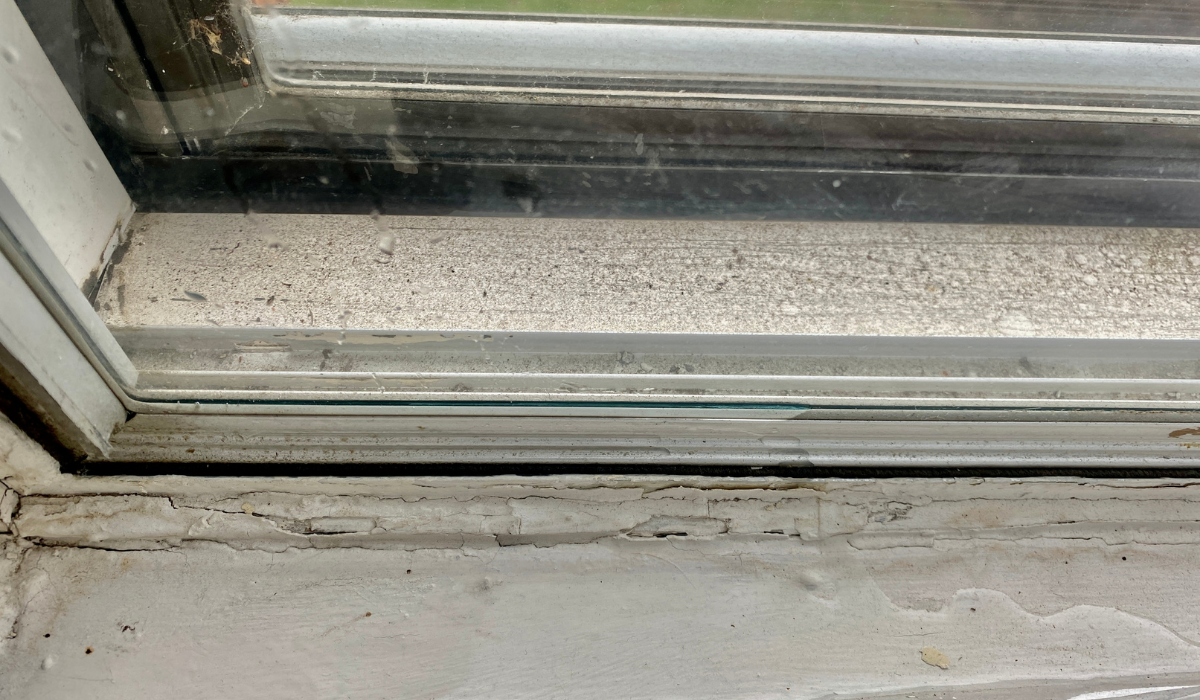
Quick Fix: Repairing a Leaky Window
Introduction: Tackling the Drip Dilemma
A leaky window can be a persistent annoyance, leading to water damage, energy loss, and decreased indoor comfort. In this guide, we’ll explore simple yet effective methods to repair a leaky window, providing you with the tools and knowledge to address the issue promptly and prevent further damage.
Identifying the Source: Where’s the Leak?
Before diving into repairs, pinpointing the source of the leak is crucial. Inspect the window frame, sill, and surrounding areas for visible signs of water entry. Check for damaged caulking, gaps in the frame, or compromised weatherstripping. Identifying the exact location of the leak sets the stage for targeted and effective repairs.
Removing Old Caulk: Clearing the Path
Old or deteriorating caulking is a common culprit behind leaky windows. Begin the repair process by carefully removing the existing caulk around the window frame. Use a putty knife or a caulk removal tool to ensure a clean and smooth surface. Thoroughly clean the exposed area, removing any residue or debris that could hinder the effectiveness of the new caulk.
Applying New Caulk: A Fresh Seal
Once the old caulk is removed, apply a new bead of high-quality exterior caulk along the seams of the window frame. Ensure complete coverage, sealing any gaps or cracks that may allow water infiltration. Smooth the caulk with a caulk smoothing tool or a moist finger for a tidy and effective seal. Pay special attention to corners and joints where leaks often occur.
Inspecting and Replacing Weatherstripping: Enhancing Seal Integrity
Weatherstripping plays a crucial role in preventing water infiltration and maintaining energy efficiency. Inspect the condition of the existing weatherstripping and replace any sections that show signs of wear or damage. Use adhesive-backed foam weatherstripping for an effective seal, ensuring proper insulation and protection against leaks.
Repairing or Replacing Window Flashing: Fortifying Defenses
Window flashing is a protective barrier that prevents water from penetrating the window frame. If damaged or improperly installed, it can contribute to leaks. Inspect the flashing for any visible issues such as tears, gaps, or detachment. Repair damaged sections with flashing tape or replace the flashing entirely to fortify your window’s defenses against water intrusion.
Adjusting Window Sashes: Ensuring Proper Alignment
Misaligned window sashes can create gaps that allow water to seep in during rain or storms. Check the alignment of the window sashes and adjust them if necessary. Tighten or replace screws in the hinges or hardware to ensure a secure and watertight fit. Properly aligned window sashes contribute to a more effective barrier against leaks.
Installing Storm Windows: Added Protection
If your windows lack storm windows, consider installing them for an extra layer of protection against leaks. Storm windows provide an additional barrier against wind-driven rain and harsh weather conditions. Choose storm windows that fit snugly over your existing windows, effectively reducing the likelihood of water infiltration.
Checking Exterior Drainage: Redirecting Water Away
Poor exterior drainage can contribute to window leaks, especially during heavy rainfall. Ensure that the ground around your home slopes away from the foundation, directing water away from windows. Install gutter systems with downspouts to channel rainwater safely away from the windows. Proper exterior drainage minimizes the risk of water pooling around the window frame.
Inspecting Window Seals: Assessing Integrity
The seals around the window glass can degrade over time, compromising their ability to keep water out. Regularly inspect the window seals for any signs of wear, cracking, or peeling. If you notice issues, consider resealing the window with clear silicone or contacting a professional for seal replacement to maintain the integrity of the window.
Conclusion: A Dry and Secure Home
Repairing a leaky window is a manageable task that can prevent extensive damage and improve your home’s energy efficiency. By identifying the source of the leak, addressing issues with caulking, weatherstripping, and flashing, and implementing additional protective measures, you can enjoy a dry and secure living space. For more detailed guidance on how to fix a leaky window, visit DesigningTemptation.com. Take control of window leaks and enhance the comfort and longevity of your home.


